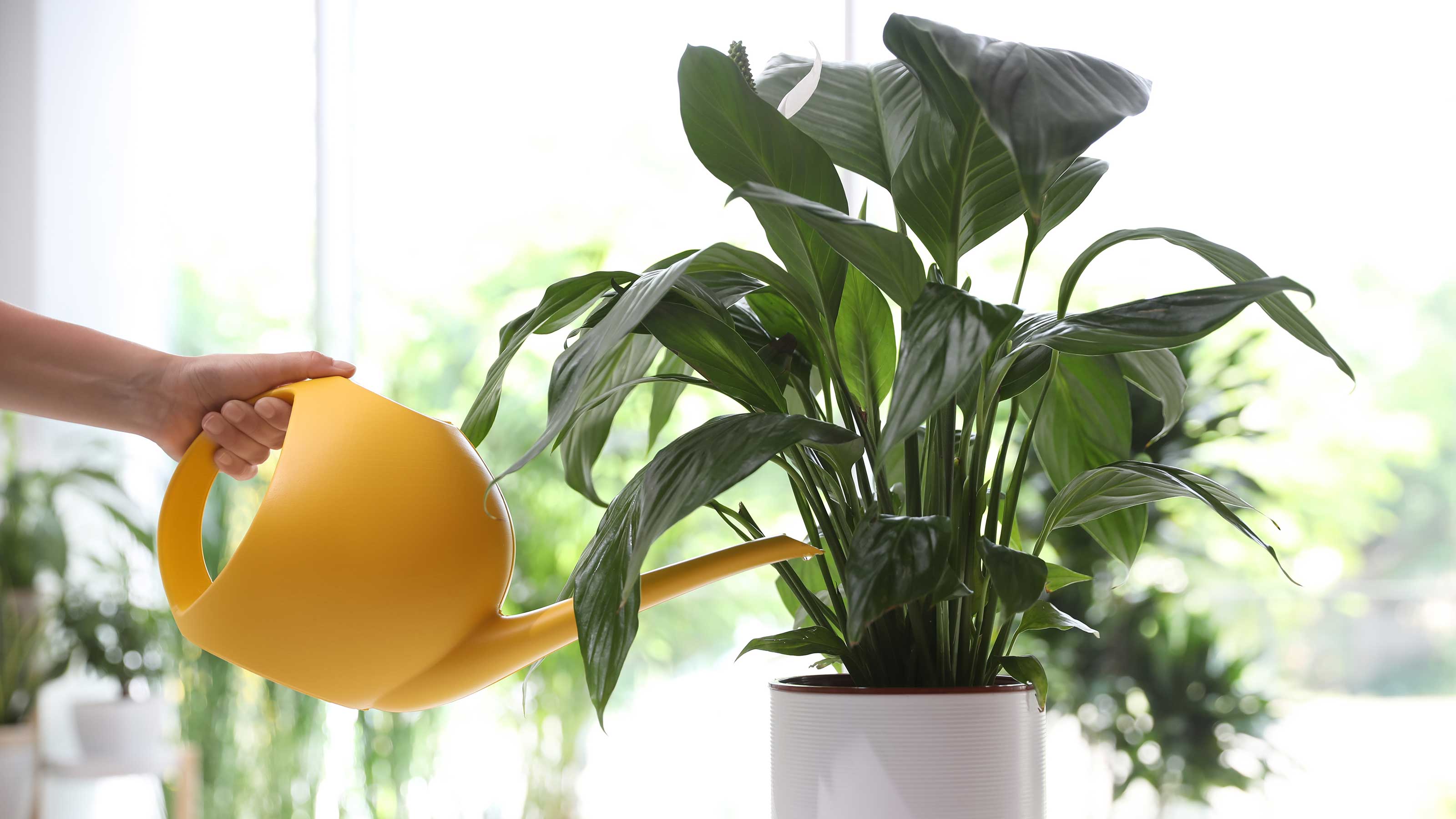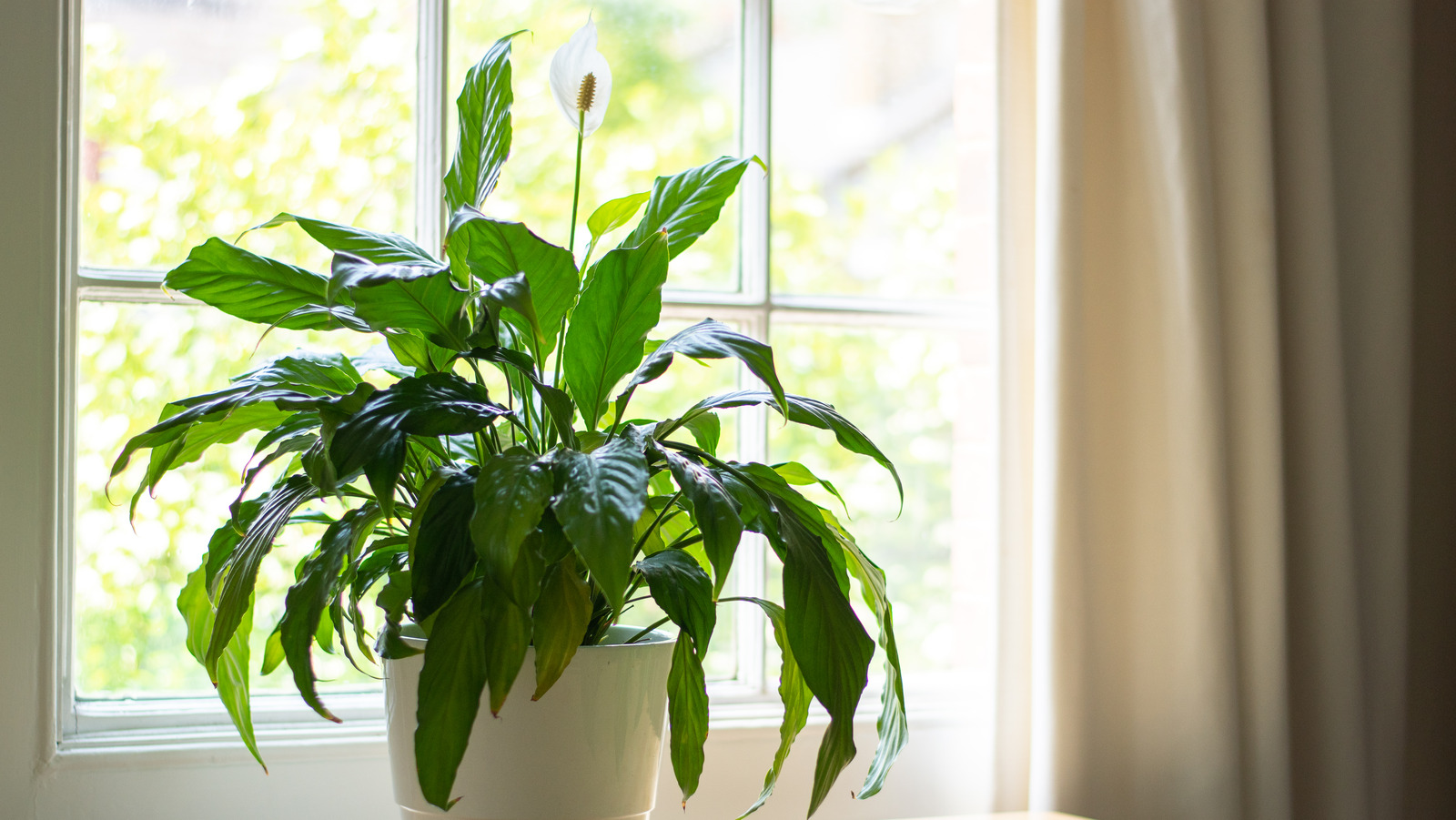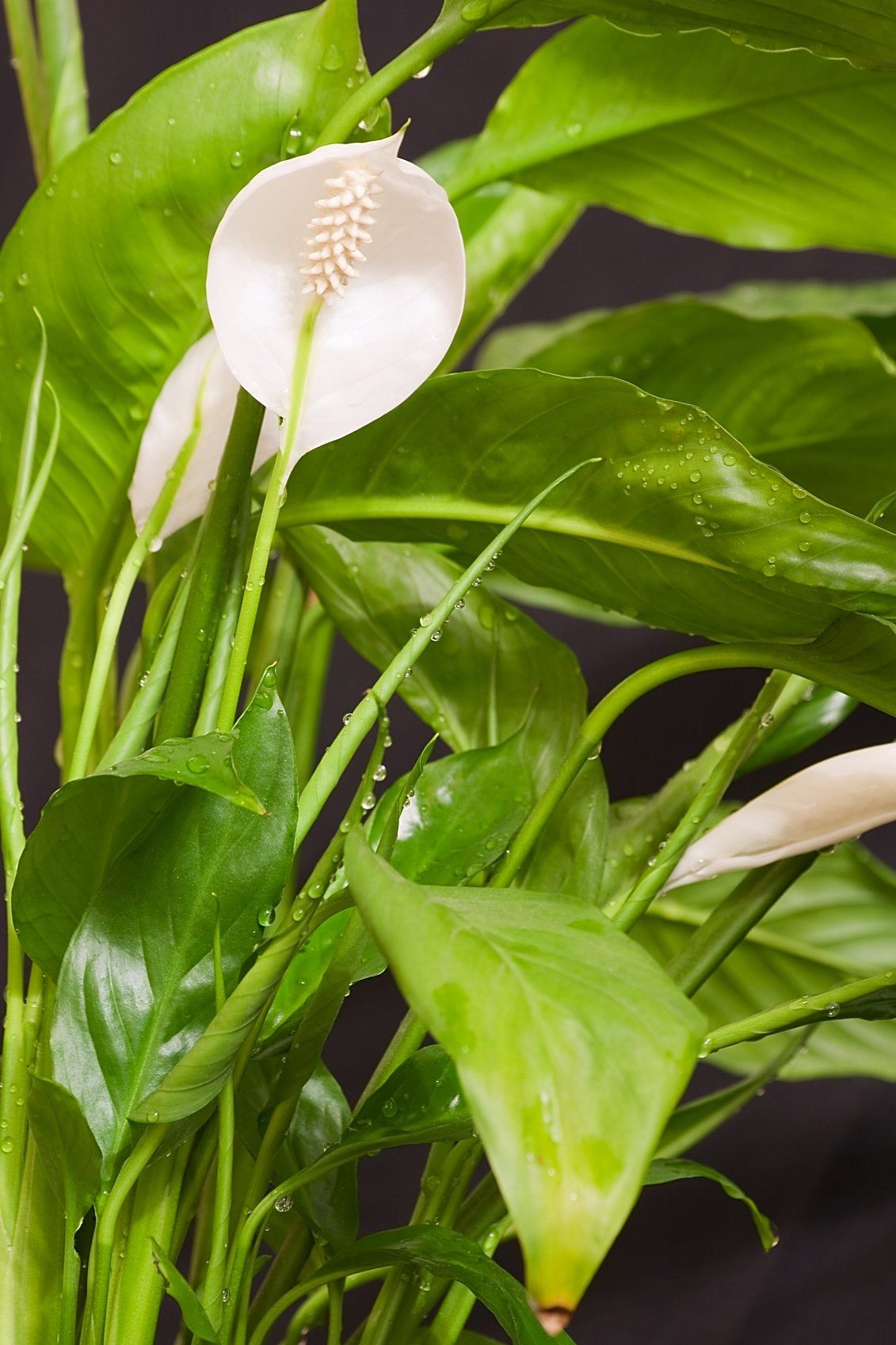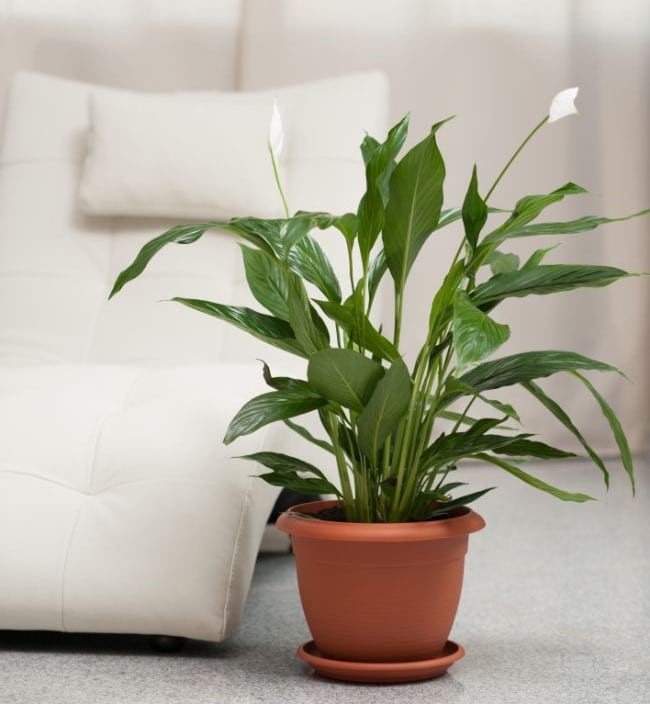Understanding the Watering Needs of Your Peace Lily
Proper watering is crucial for the health and well-being of peace lily plants. These plants are adapted to thrive in well-draining soil, and as such, require careful watering to prevent root rot. Overwatering is one of the most common mistakes made when caring for peace lilies, and it can lead to a range of problems, including yellowing leaves, droopy stems, and a weakened immune system. On the other hand, underwatering can cause the leaves to become dry and brittle, and the plant may become more susceptible to pests and diseases.
To avoid these problems, it’s essential to understand the watering needs of your peace lily plant. Peace lilies prefer to dry out slightly between waterings, but the soil should never be allowed to become completely dry. The frequency of watering will depend on a range of factors, including the time of year, temperature, and humidity. For example, peace lilies require more frequent watering during the spring and summer months when they are actively growing, but less frequent watering during the fall and winter months when they are dormant.
When it comes to watering your peace lily plant, it’s also important to consider the type of potting mix you are using. A well-draining potting mix is essential to prevent waterlogged soil and root rot. Look for a potting mix that contains ingredients such as perlite, vermiculite, or sand, which will help to improve drainage and prevent water from accumulating in the soil.
In addition to using a well-draining potting mix, it’s also important to choose a pot that has good drainage holes. This will help to prevent water from accumulating in the soil and reduce the risk of root rot. When watering your peace lily plant, make sure to water thoroughly, allowing excess water to drain from the pot. This will help to prevent water from accumulating in the soil and reduce the risk of root rot.
How to Check the Moisture Levels of Your Peace Lily’s Soil
Checking the moisture levels of your peace lily’s soil is crucial to determine when to water your plant. There are several ways to check the moisture levels, including the finger test, moisture meter, and observing the plant’s leaves. The finger test involves inserting your finger into the soil up to the first knuckle, and if the soil feels dry, it’s time to water. If the soil feels damp or wet, wait a few more days before watering again.
A moisture meter is another tool that can help you determine the moisture levels of your peace lily’s soil. This device measures the moisture levels in the soil and provides a reading on a scale. By using a moisture meter, you can get an accurate reading of the moisture levels in the soil and adjust your watering schedule accordingly.
Observing the plant’s leaves is also a good way to determine when to water your peace lily. If the leaves are droopy or wilted, it may be a sign that the plant needs water. On the other hand, if the leaves are perky and firm, it may indicate that the plant has enough water. However, it’s essential to note that the leaves can also droop due to other reasons such as low humidity or high temperatures.
Adjusting your watering schedule based on the time of year, temperature, and humidity is also crucial. During the spring and summer months, peace lilies require more frequent watering due to the increased temperatures and humidity. In contrast, during the fall and winter months, peace lilies require less frequent watering due to the cooler temperatures and lower humidity.
For example, if you live in a hot and dry climate, you may need to water your peace lily more frequently to prevent the soil from drying out. On the other hand, if you live in a cool and humid climate, you may need to water your peace lily less frequently to prevent the soil from becoming waterlogged.
The Best Watering Techniques for Your Peace Lily
When it comes to watering your peace lily plant, there are several techniques you can use to ensure your plant receives the right amount of moisture. One of the best techniques is to water your peace lily from the bottom. This involves placing the pot in a saucer or tray filled with water and allowing the plant to absorb the water through the drainage holes. This method helps to prevent the soil from becoming waterlogged and reduces the risk of root rot.
Another technique is to use room-temperature water when watering your peace lily. Cold water can shock the roots of the plant, while hot water can cause the soil to become waterlogged. Room-temperature water helps to maintain a stable temperature in the soil, which promotes healthy root growth and development.
It’s also essential to avoid getting water on the leaves of your peace lily plant. Water on the leaves can cause them to become scorched or develop brown tips. Instead, water at the soil level, making sure to moisten the soil thoroughly. This helps to prevent the leaves from getting wet and reduces the risk of fungal diseases.
Using a well-draining potting mix is also crucial when it comes to watering your peace lily plant. A well-draining potting mix helps to prevent the soil from becoming waterlogged and reduces the risk of root rot. Look for a potting mix that contains ingredients such as perlite, vermiculite, or sand, which help to improve drainage and prevent water from accumulating in the soil.
In addition to using a well-draining potting mix, it’s also essential to use a pot with good drainage holes. This helps to prevent water from accumulating in the soil and reduces the risk of root rot. Make sure the pot has drainage holes in the bottom and consider using a pot with a built-in water reservoir to help maintain a consistent moisture level in the soil.
Watering Schedules for Peace Lilies: A General Guide
Watering schedules for peace lilies can vary depending on the time of year, the plant’s size, and the environment it’s in. As a general rule, peace lilies prefer to dry out slightly between waterings. During the spring and summer months, when the plant is actively growing, it may need to be watered more frequently, every 7-10 days. In the fall and winter months, when the plant is dormant, it may only need to be watered every 4-6 weeks.
The size of the plant also plays a role in determining the watering schedule. Smaller peace lilies, with pots less than 6 inches in diameter, may need to be watered more frequently, every 5-7 days. Larger peace lilies, with pots over 12 inches in diameter, may only need to be watered every 10-14 days.
It’s also important to consider the environment the peace lily is in. If the plant is in a bright, sunny location, it may need to be watered more frequently, every 5-7 days. If the plant is in a low-light location, it may only need to be watered every 10-14 days.
For example, if you have a small peace lily in a bright, sunny location, you may need to water it every 5-7 days during the spring and summer months. However, if you have a large peace lily in a low-light location, you may only need to water it every 10-14 days.
It’s also important to note that these are general guidelines, and the specific watering needs of your peace lily may vary. The best way to determine the watering needs of your peace lily is to observe the plant’s response to watering and adjust the schedule accordingly.
Common Mistakes to Avoid When Watering Your Peace Lily
When it comes to watering your peace lily plant, there are several common mistakes to avoid. One of the most common mistakes is overwatering, which can lead to root rot and other problems. To avoid overwatering, make sure to check the moisture levels of the soil before watering, and avoid getting water on the leaves.
Underwatering is another common mistake that can cause problems for peace lily plants. If the soil is too dry for too long, the plant may become stressed, leading to yellowing leaves and other issues. To avoid underwatering, make sure to water your peace lily plant regularly, and adjust the frequency of watering based on the time of year and the plant’s size.
Getting water on the leaves is another mistake to avoid when watering your peace lily plant. Water on the leaves can cause them to become scorched or develop brown tips, which can be unsightly and even lead to disease. To avoid getting water on the leaves, water your peace lily plant at the soil level, and avoid getting water on the leaves or crown of the plant.
Another mistake to avoid is using cold water to water your peace lily plant. Cold water can shock the roots of the plant, leading to stress and other problems. To avoid this, use room-temperature water to water your peace lily plant, and avoid using water that is too hot or too cold.
Finally, it’s essential to avoid watering your peace lily plant too frequently. While peace lilies prefer moist soil, they don’t like to be waterlogged. To avoid overwatering, make sure to check the moisture levels of the soil before watering, and adjust the frequency of watering based on the time of year and the plant’s size.
Peace Lily Watering Tips for Different Environments
Peace lilies can thrive in a variety of environments, but the watering schedule may need to be adjusted based on the specific conditions. For example, in low-light environments, peace lilies may require less frequent watering, as the plant is not actively growing. In high-humidity environments, peace lilies may require more frequent watering, as the plant is more prone to root rot.
In dry environments, peace lilies may require more frequent watering, as the plant is more prone to dehydration. In these environments, it’s essential to use a humidifier or misting system to maintain optimal humidity levels. This can help to prevent the plant from becoming stressed and reduce the risk of root rot.
For peace lilies in low-light environments, it’s essential to use a well-draining potting mix and a pot with good drainage holes. This can help to prevent the soil from becoming waterlogged and reduce the risk of root rot. In high-humidity environments, it’s essential to use a potting mix that is specifically designed for high-humidity environments, as this can help to prevent the soil from becoming too wet.
In dry environments, it’s essential to use a potting mix that is specifically designed for dry environments, as this can help to prevent the soil from becoming too dry. It’s also essential to use a humidifier or misting system to maintain optimal humidity levels, as this can help to prevent the plant from becoming stressed and reduce the risk of root rot.
By adjusting the watering schedule based on the specific environment, you can help to ensure that your peace lily plant thrives. Remember to monitor the plant’s response to watering and adjust the schedule as needed. With the right care and attention, your peace lily plant can thrive in a variety of environments.
Monitoring Your Peace Lily’s Response to Watering
Monitoring your peace lily’s response to watering is crucial to ensure that the plant is receiving the right amount of moisture. By observing the plant’s leaves, stems, and roots, you can determine if the plant is receiving too much or too little water.
One way to monitor your peace lily’s response to watering is to observe the leaves. If the leaves are droopy or wilted, it may be a sign that the plant is not receiving enough water. On the other hand, if the leaves are perky and firm, it may indicate that the plant is receiving the right amount of water.
Another way to monitor your peace lily’s response to watering is to observe the stems. If the stems are soft and mushy, it may be a sign that the plant is receiving too much water. On the other hand, if the stems are firm and sturdy, it may indicate that the plant is receiving the right amount of water.
Observing the roots is also an important way to monitor your peace lily’s response to watering. If the roots are rotting or decaying, it may be a sign that the plant is receiving too much water. On the other hand, if the roots are healthy and thriving, it may indicate that the plant is receiving the right amount of water.
By monitoring your peace lily’s response to watering, you can adjust the watering schedule as needed to ensure that the plant is receiving the right amount of moisture. This can help to prevent problems such as overwatering and underwatering, and can help to promote healthy growth and development.
It’s also important to note that peace lilies can be sensitive to changes in watering schedules, so it’s essential to make adjustments gradually and carefully. By monitoring your peace lily’s response to watering and making adjustments as needed, you can help to ensure that the plant thrives and remains healthy.
Conclusion: Mastering the Art of Watering Your Peace Lily
Watering your peace lily plant is an art that requires attention to detail and a willingness to experiment. By understanding the watering needs of your peace lily, checking the moisture levels of the soil, and using the best watering techniques, you can help your plant thrive. Remember to avoid common mistakes, adjust your watering schedule based on the environment, and monitor your plant’s response to watering.
With these tips and guidelines, you can master the art of watering your peace lily plant and enjoy the many benefits it has to offer. Whether you’re a seasoned gardener or a beginner, with a little practice and patience, you can become a peace lily expert and enjoy the beauty and elegance of this stunning plant.
So, don’t be afraid to experiment and find the optimal watering schedule for your peace lily plant. With time and practice, you’ll become a pro at watering your peace lily and enjoy the many rewards it has to offer. Happy watering!







